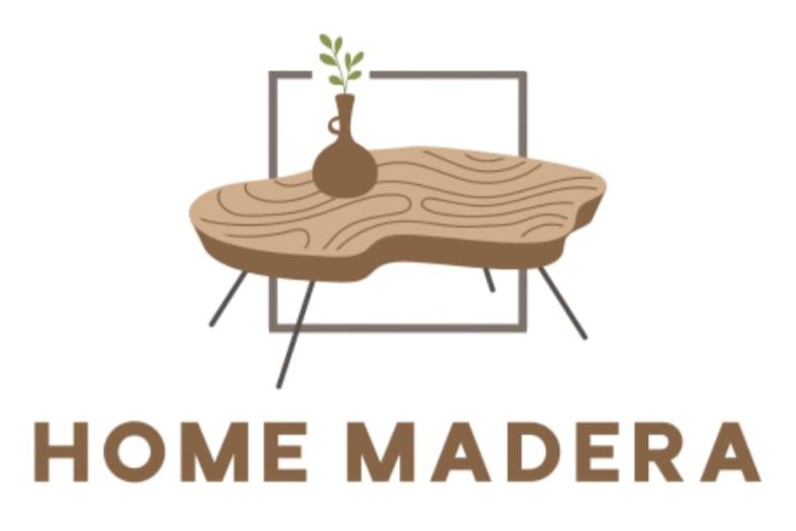
The Durability Deep Dive: Choosing the Best Solid Wood for a Canadian Kitchen
The kitchen table is ground zero for Canadian family life—a place for messy meals, homework, and countless spilled drinks. When investing in a piece for this high-traffic area, solid wood tables are the clear choice for longevity and performance. Choosing the right material and finish ensures your furniture can handle a daily durability test and will last for generations.
What is the difference between solid wood and wood veneer?
This distinction is fundamental to furniture quality and structural integrity:
- Solid Wood: As the name suggests, the piece is constructed entirely from large, solid planks of natural wood. It is wood through and through. This gives it superior structural integrity, allows for multiple rounds of sanding and refinishing, and means dents can often be repaired.
- Wood Veneer: This consists of a thin slice of real wood (the veneer) adhered to an inner core, which is typically engineered wood (like plywood or MDF) or particleboard. While it achieves the look of natural wood at a lower cost, the thin surface layer makes it difficult to repair deep scratches, and damage to the core (especially from moisture) can lead to swelling or delamination.
Which wood types offer the best durability and longevity for daily use?
For a kitchen table, you must choose a hardwood known for its dent resistance and inherent strength. The best woods for a best wood for kitchen table in Canada are:
- Oak (White or Red): A classic for a reason. Its open, dense grain is highly durable and naturally hides minor wear. It is exceptionally hard, providing excellent dent resistance.
- Maple: Known for its light color and fine, subtle grain. Maple is one of the hardest domestic hardwoods available, making it a fantastic choice for busy families who need supreme durability.
- Walnut: While often more expensive, its deep colour and luxurious grain make a stunning statement. It is also a dense hardwood with good stability, though it may show very light surface scratches more easily than Maple.
How do I protect a solid wood table from scratching and heat damage?
Protection comes down to the finish and daily habits.
- Superior Finish: A professional, durable finish—like a high-quality polyurethane or a conversion varnish—creates a tough, sealed barrier against moisture, heat, and minor scratching. For high-use kitchen tables, a sealed finish is generally recommended over a natural oil finish, which requires more frequent re-oiling.
- Daily Care: Always use trivets for hot pots and dishes (heat is a wood table’s enemy), use coasters for drinks, and use placemats for eating. These simple steps provide the first and best line of defense against damage.
Is solid wood furniture more susceptible to humidity and temperature changes?
Solid wood, being a natural material, is indeed hygroscopic, meaning it absorbs and releases moisture from the air. This causes it to expand and contract, a process known as wood movement.
- Minimizing Risk: Reputable makers counteract this by using kiln-dried wood stabilized to the average Canadian moisture content (typically 6-8%) and by employing proper joinery that allows for this movement. Veneer is often touted as more stable because its thin layer is glued to an engineered core, but if that core is particleboard and gets wet, its structural integrity is compromised much faster than solid wood.
How often does a solid wood table need to be refinished or sealed?
This depends entirely on the type of finish you choose:
- Sealed Finish (Polyurethane/Varnish): A quality, professionally-applied sealed finish can last 10 to 15 years or more with proper care. Refinishing is usually only required when the finish is significantly worn down or damaged beyond simple touch-ups.
- Oil Finish (Natural Oil/Wax): This finish penetrates the wood rather than sitting on top. It offers less surface protection and requires maintenance—typically re-oiling every 6 to 12 months (or when the wood starts to look dry) to maintain its barrier against stains and moisture.
🛒 Ready to Build Your Lasting Kitchen Centerpiece?
[Visit homemadera.ca and design your durable hardwood tables for the Canadian climate!]
Recent Posts
- Ocean Depths: The Live Edge Coffee Table with Deep Blue Sea Epoxy Resin
- The Perfect Presentation: Handcrafted One-of-a-Kind Charcuterie/Serving Board
- Organic Contrast: Designing the Perfect Live Edge TV Table
- Architectural Beauty: The Live Edge Black Walnut Tabletop Table
- The Dark Elegance: Designing a Black Walnut Charcuterie Board
Recent Comments
Categories
Popular Posts
-
 November 29, 2022
November 29, 2022Ethically Sourced Wood
-
 November 29, 2022
November 29, 2022We support the environment and the economy
-
 November 29, 2022
November 29, 2022Handmade pieces that took time to make
